This Review is SPOILER FREE! Please DON’T POST SPOILERS in Comments!
The Curious Incident of the Dog in the Night-Time was thought to be near impossible to adapt outside of print, but making something impossible is a wonderful way to inspire people to prove them wrong.
It’s also one of the most optimistic, yet crushing books I’ve ever read, and by the end of the play I had tears in my eyes. Both the book and the stage adaptation deserves all the praise and awards it’s received (including multiple literary awards for the book, seven Olivier Awards and five Tony Awards for the play).
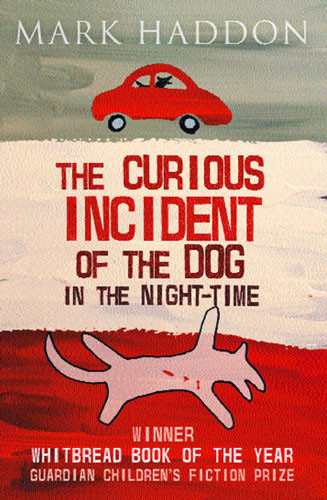
The Book:
I had wanted to read the book for awhile, but it wasn’t until it was assigned for a university course that I finally got around to reading it. But I am so, so glad that I did.
The Curious Incident of the Dog in the Night-Time is a mystery novel, told from the perspective of Christopher Boone, a fifteen-year-old boy on the autism spectrum (speculated as Asperger’s syndrome, but it’s never named directly). One night he discovers his neighbors dog, stabbed with a gardening fork in her front lawn, and becomes determined to find the killer. However, he is hindered greatly by fear and mental obstacles, and needs to leave his comfort zone in order to make things right. During his investigations, he meets both friendly and frightening strangers, uncovers secrets hidden away for years, and his whole world is turned upside down by the time the book ends.
The book is brilliantly written, and it’s clear the author, Mark Haddon, wanted to properly depict how a person on the spectrum would see the world around them. As no two people with autism are the same, he made sure to write Christopher as a character, not as a soapbox. Christopher is highly intelligent in mathematics and science, but lacks the social ettiquettes that many people pick up on naturally, and many of these encounters are rather funny to read as an outsider looking in. But for others, it’s a mixture of schadenfreude and cutting truths.
Without bringing this review down too much, this is why it took me so long to read this book: my younger brother has autism. This proximity has always made it difficult when it comes me approaching fictional depictions of the mentally disabled. I still haven’t seen What’s Eating Gilbert Grape? because of this, and I utterly despise it when people villainize the family members of people with mental disabilities as being selfish.
Which was why I ADORE Curious Incident so much. While the story is told via an unreliable narrator, it makes the audience empathise with the external characters (especially his parents and teacher). It shows not just how Christopher lives his life, but how his existence impacts the lives of others around him. Unflinchingly honest, showing both the beauty and the pain that impacts them.
With this in mind, this was one aspect I found much more moving in the play when compared to the book. It’s one thing to read about a confrontation between a mentally disabled person and a parent, but when you watch two actors struggle against each other, lights flashing and music blaring in your ears, it’s an entirely different experience. You feel so much more connected to these characters, and the unlimited potential of a bare stage is used to masterful effect.
When adapting this novel into a stage production, it was important to keep the focus on Christopher and his mind, which was what made the book so highly praised. So the people behind the show designed the set to resemble a giant geometric grid, the logical inside of Christopher’s head. You see constellations appear across the walls, a million slogans and dazzling lights flash when his mind is over stimulated, and some truly breath-taking, surreal feats happen that feel like they’re out of cirque du solei.
The actors feel like ordinary people you’d bump into on the bus, reacting the way that humans do to Christopher’s awkward antics. Yet, the ensemble needs to play multiple characters at once, and they achieve this seamlessly by darting in and out of accents, body language and costume. The key actors owned their roles, especially Sion Daniel Young as Christopher. He completely sold me as a character from his first minute on stage, and his interactions with the other character either made me laugh deeply or break my heart.
I can’t begin to imagine this book adapted any other way, and it’s now one of my absolute favourite plays.

I could gush about Christopher and his story until the sun dies out, but the best thing I can recommend is to read the book for yourself. It’s now popping up more and more on the curriculum for students, but I’d recommend seeking it out for yourself. Truly, it’s such a breath of fresh air in the worlds of theatre and literature.
-SSQ
The Curious Incident of the Dog in the Night-Time
-
Plot
-
Characters
-
Audience Engagement
-
Adaptaion Faithfulness



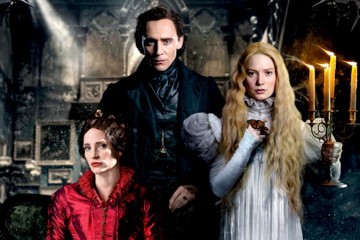


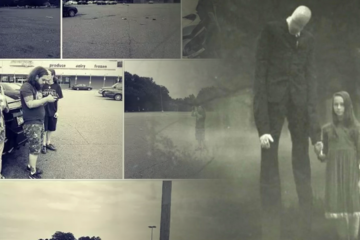









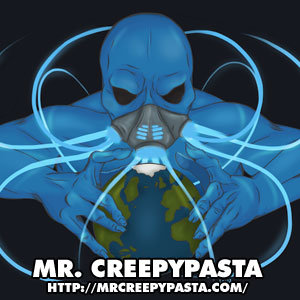

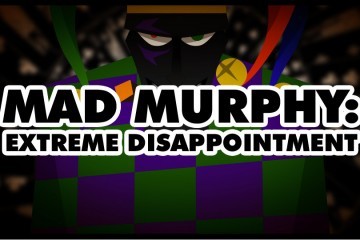
1 comment